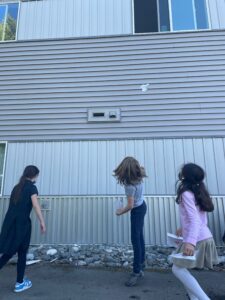By Jessica Graham
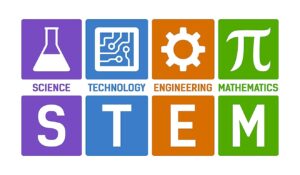
What is STEM?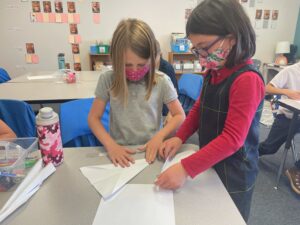
STEM is the connection of science, technology, engineering, and math in inquiry-based learning and real-world problem-solving.
In the classroom:
What does it LOOK like…
- Students are engaged in their learning.
- The teacher is a guide and facilitator.
- Students are given multiple chances to modify and change their creations based on what they’ve learned.
- Students do their own research and problem solving to complete challenges.
- Students work together and use their peers as resources.
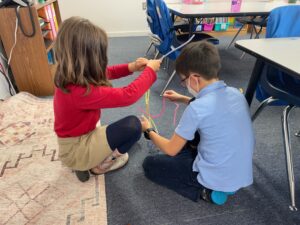
What does it SOUND like…
- Students asking clarifying questions.
- Students generating ideas and using their strengths to add to the group effort.
- “I can make this better.”
- “Let’s try something different.”
- Laughter and encouragement
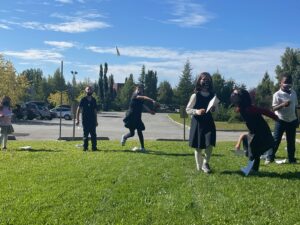
What does it FEEL like…
- Students feel motivated to keep trying.
- Students may feel frustrated at the beginning because they can’t reach their goal YET.
- Students feel accomplished when they finally get to their goals.
- Students feel like they are in charge of their own learning.
- Students feel like a scientist/engineer!
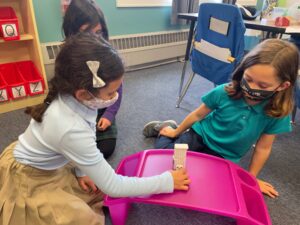
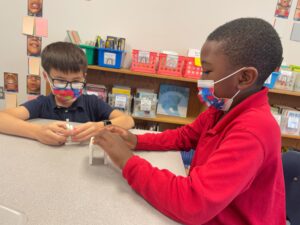
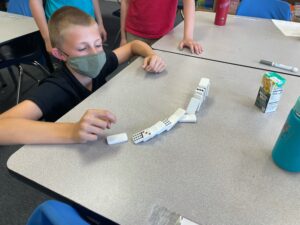
One of the STEM activities we completed in the classroom this week was finding a way to make a ping pong ball roll down a cardboard ramp as slowly as possible. The students were put into groups with their supplies: two pieces of cardboard, a few pieces of duct tape and masking tape, and scissors and were given their task. They had no other directions or help in deciding what kind of ramp they would be building: the possibilities were ENDLESS. After 25 minutes of discussing, pre-planning, construction, and experimenting, the students were ready to show their peers their creations. Each team used different methods of building, proving that there isn’t always one answer to a problem.
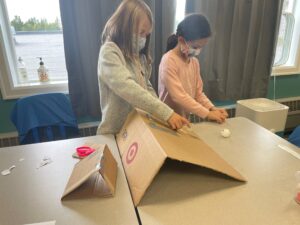
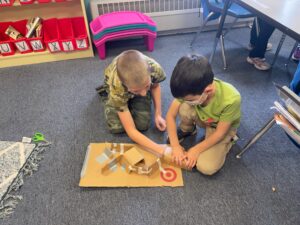
Why use STEM activities in the classroom?
1. STEM activities promote critical thinking and innovation.
2. STEM activities build communication skills.
3. STEM activities teach the growth mindset.
4. STEM activities pique students’ interest in the sciences.
Find more information about the benefits of using STEM in the classroom here:
https://www.invent.org/blog/trends-stem/value-stem-education
https://www.nsta.org/nstas-official-positions/stem-education-teaching-and-learning
